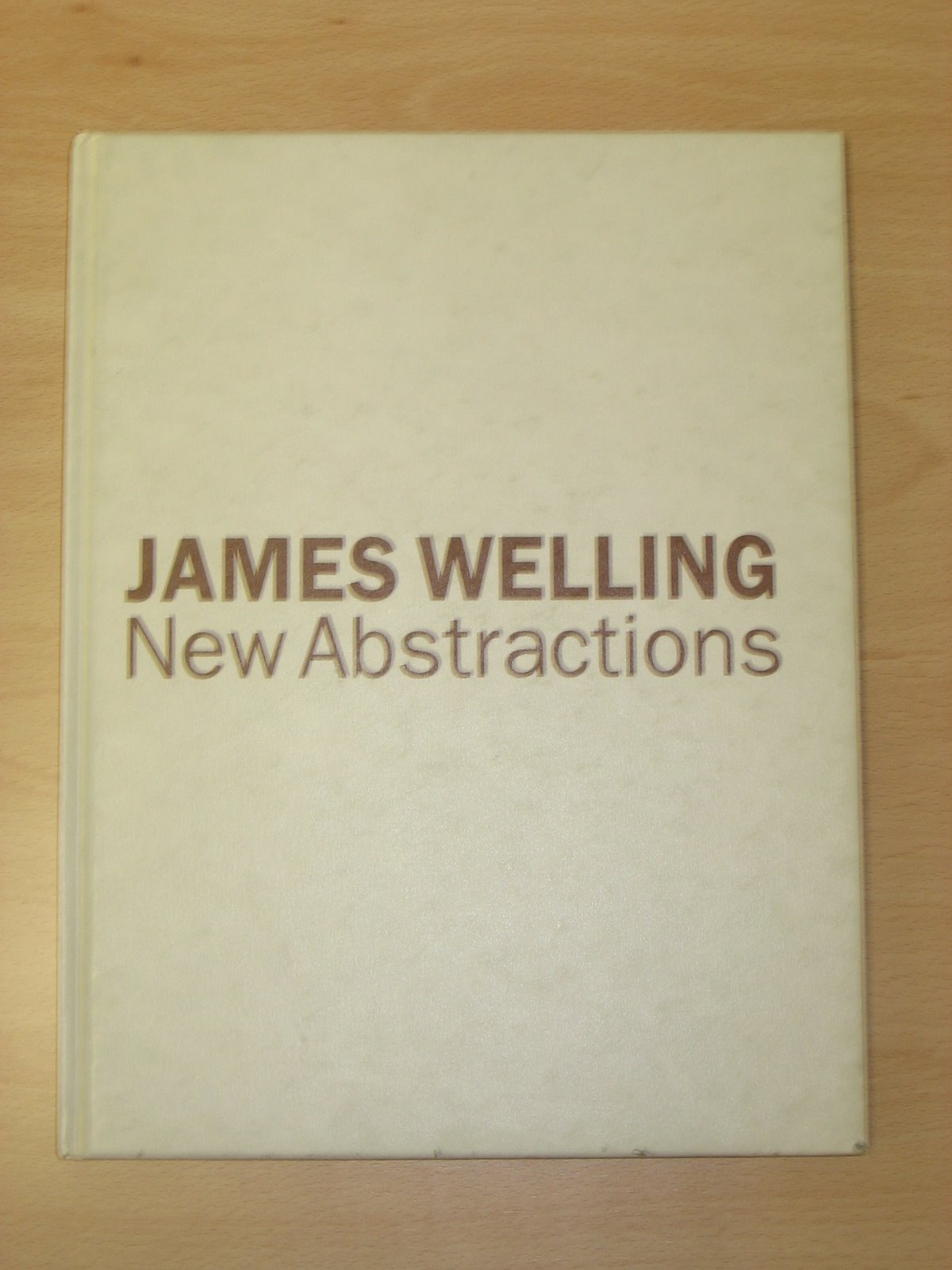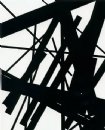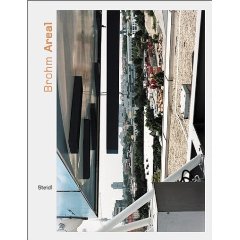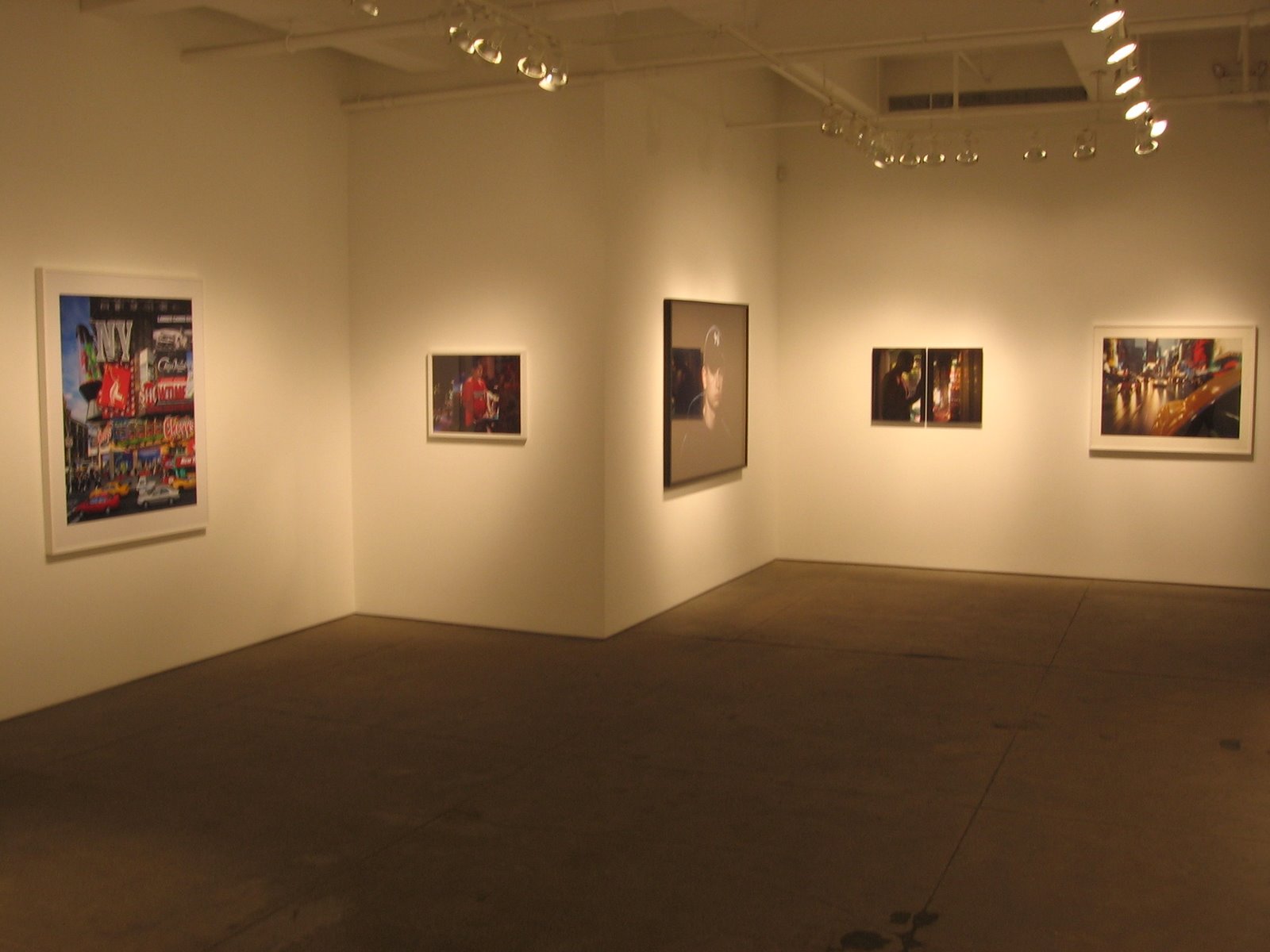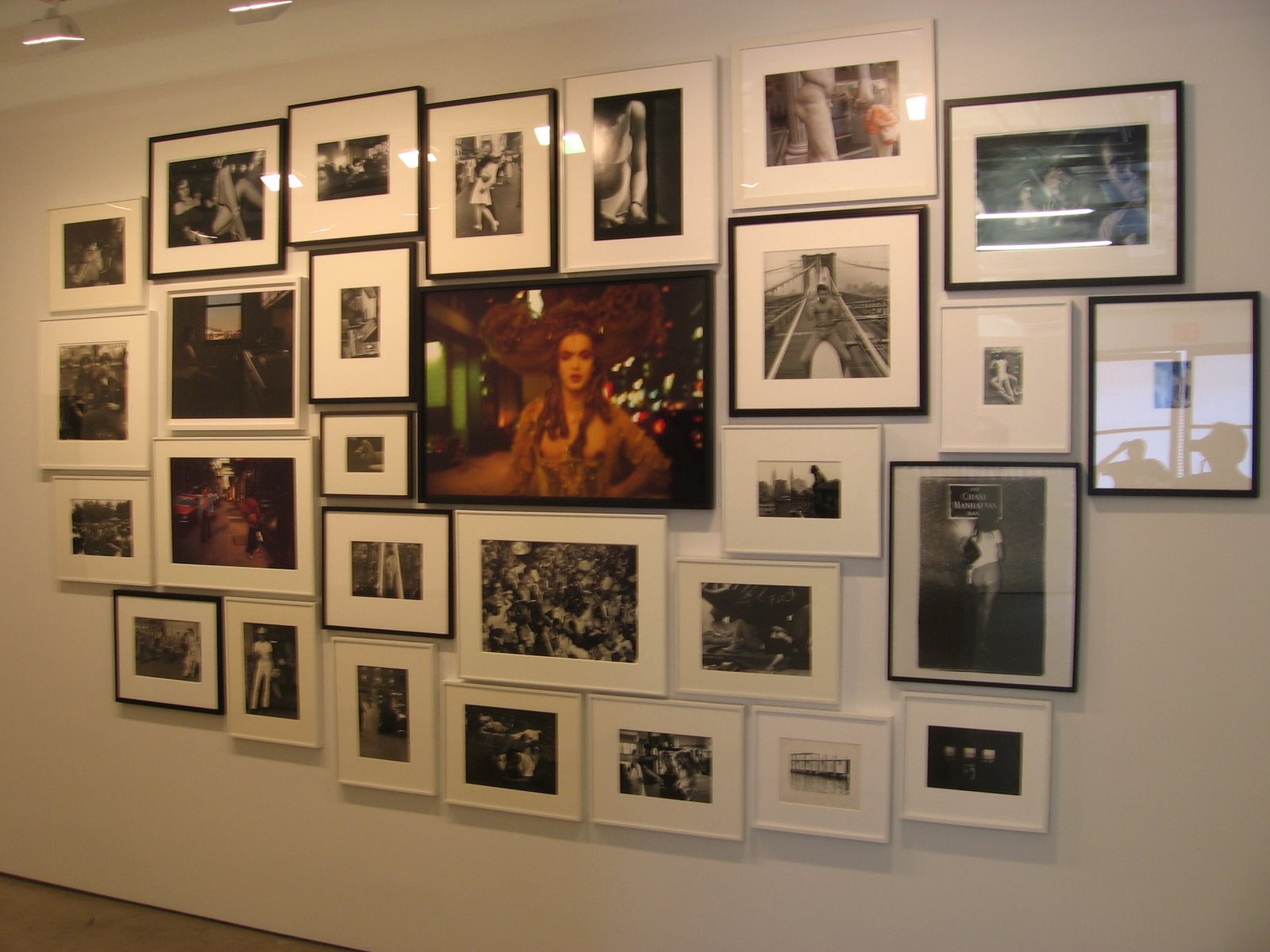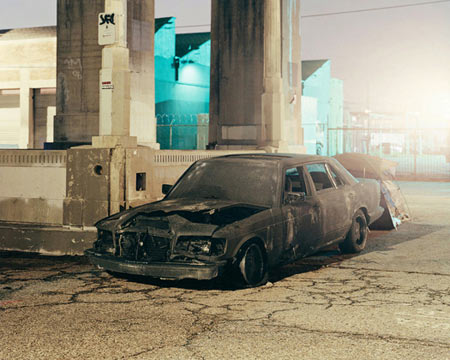I recently received an email from a gallery owner and friend who noticed that we had added a sponsorship banner to our sidebar. His view was that this sponsorship compromises our position as an objective resource. This is a fair comment, and in some ways, I have been waiting for this issue to surface. So I thought that I would post my answer(s) here rather than simply send back a private reply.
We started this site just under a year ago with the goal of adding the voice of the collector to the discussion of fine art photography. We wanted to create place where we as collectors could speak in our own language and focus on our own priorities, where we could talk about auctions, and prices, and gallery shows, and emerging photographers, without the overhead of the spin and salesmanship that we are all constantly bombarded with. We wanted to share our unvarnished opinions of the work we came across and be exposed to the opinions and knowledge of others, leveraging their expertise to increase our knowledge.
We are constantly trying to think of ways to make the site more useful and relevant for collectors, and regular readers know that we have experimented with lots of different things, many of which have fizzled out and disappeared. Earlier this summer, we decided that it might be interesting to do an experiment with a banner sponsorship from a gallery, mostly to try and understand our readership better and see whether our readers would click through to visit the gallery that was presented. Part of the reason I enjoy reading Artforum is the ads; of course I read the articles and regular content as well, but the ads provide a flavor for what’s going on, a reminder of things I might have forgotten, and often a new direction to explore.
As collectors ourselves, we know that we are always looking for new galleries to visit and work with that are led by good people, that have unexpected high quality inventory, and that are fair in their dealings with potential buyers. If we came across a gallery previously unknown to us on a photography site that we respect, we would gladly click through to learn more, and if it turned out to be a good fit for us, we would appreciate that the site had led us to something of value.
In this sense, any gallery sponsorship that a reader sees on this site is by definition not completely objective; we have vetted/edited the sponsors and in some way vouch for their quality. It would make us more than happy for someone out there to click through to the Lee Gallery, find something that fits his/her collection, and actually purchase something from them. The ultimate winner in that transaction is the collector in my opinion; they bring home a photograph that brings them joy, and they begin a new relationship with a quality gallery partner who can help them in the future. (And just for the record, we would get nothing from this transaction, no commission, no referral fee, nothing.)
I hope that readers who have made it this far will have noticed that we have not made any economic argument for why we have explored this sponsorship idea; our goal with the sponsors is not to make a few bucks on the advertising. The overriding idea is to make the experience of visiting the site more valuable for our readers. My fantasy is that we might someday have a handful of small banners in the sidebar, highlighting an edited group of exciting galleries, shows, auctions, books or the like, all of which would be of interest to photography collectors worldwide, thereby making the site more relevant to the community.
The final and perhaps most important question is whether or not these sponsorships will somehow influence our approach to what we review and how we review it. My answer is that I think we have the intellectual integrity to say what we think, whoever the subject might be. We haven’t held back so far and I can’t imagine changing our approach due to the presence of a banner. I think sponsors can expect to get a critical review should the situation arise, and non-sponsors should expect to get the same critical review when we visit them.
But let’s put a fine point on this discussion. Let’s assume the worst case: we have a banner up from a gallery we respect, perhaps even announcing a specific show, and then we go to see this show, and we don’t much like it. (In practice, it seems unlikely that we would accept a banner from a show that we didn’t have a decent amount of confidence would be worthwhile, but let’s leave that aside for the moment.) My guess is that it would get just what it deserves, a marginal review. And while this is a less than desirable outcome for all involved, it’s the only one that makes sense if we are going to be credible as a source of criticism for our audience of fellow collectors. While the gallery may not like it, I think most of the folks we would be dealing with would understand why took the stand we did. Of course, these are all empty words until we have a real conflict of interest of some kind and we prove to our readers that we will act with the integrity we claim.
So to be clear, on a going forward basis, we plan to have opinions, be biased, and tell you what we think in unambiguous language. And if you think you discern some suspicious skew or slant in our writing, by all means, call it out publicly in the comments and we’ll address it as forthrightly as we can. Even though we do most of the talking, this is as much your forum as it is ours, and if something doesn’t smell right, then let’s get it out in the open and discuss it. It is my expectation that the good that comes from these sponsors will far outweigh the bad, and that having the support and validation of a few important players in the world of photography is a normal and necessary step in becoming a durable and valuable destination for collectors.
